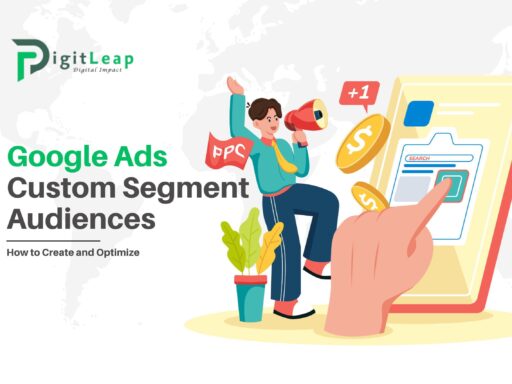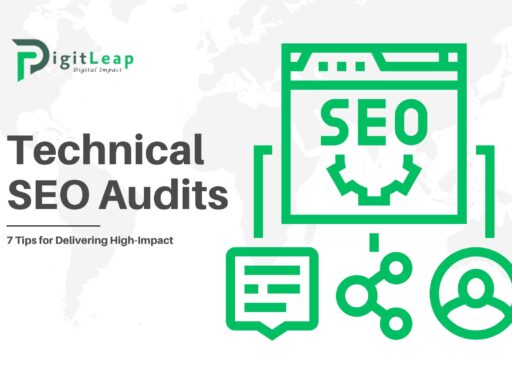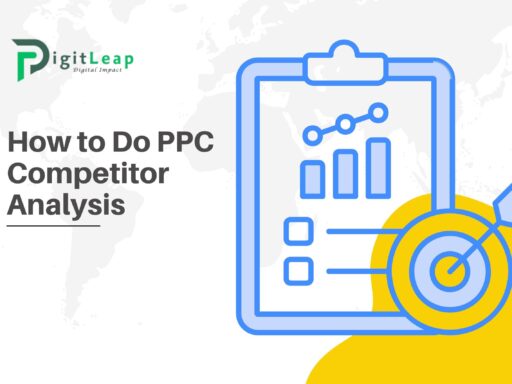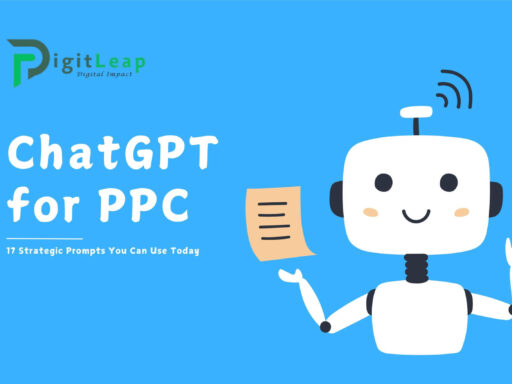Google Ads Bug Hits GCLID Conversion Tracking
If you’re running Google Ads campaigns, you’re probably familiar with GCLID (Google Click Identifier). This little piece of data is vital for tracking conversions accurately. It tells you how your ads are performing by passing key information from your ads to Google Analytics, CRM systems, and other tools to track which clicks result in conversions. But recently, advertisers have been hit with an unexpected problem—a Google Ads bug that’s affecting GCLID conversion tracking.
In this article, we’ll dive into what this bug is, how it impacts your campaigns, and what steps you can take to ensure your conversion tracking remains intact.
What is GCLID?
Before we get into the bug, let’s quickly review what GCLID is and why it’s so important. GCLID stands for Google Click Identifier and is a unique parameter that gets added to the URL when someone clicks on your Google ad. This identifier helps track:
- Which ad was clicked.
- Which campaign, ad group, and keyword led to the click.
- How the click turns into valuable actions like purchases, sign-ups, or leads.
GCLID is essential for conversion tracking because it helps connect the dots between your ad spend and actual results. Without it, it’s difficult to measure the effectiveness of your campaigns.
The Impact of the Google Ads Bug
The recent Google Ads bug has been causing GCLID data to either not be passed correctly or to disappear entirely when users click on your ads. This can lead to major issues for advertisers who rely on accurate conversion tracking to measure the success of their campaigns.
Here are the main problems caused by this bug:
- Conversion data loss: If the GCLID is not being tracked properly, conversions may not be recorded in Google Analytics or your other tracking platforms. This means you could lose important data on which ads and keywords are actually driving results.
- Inaccurate reporting: Without GCLID tracking, your reports may show lower conversion rates than what’s really happening. You may see fewer sales, sign-ups, or leads in your reports, which can lead to poor optimization decisions.
- Challenges in attribution: GCLID plays a key role in attributing conversions to specific ads. If GCLID tracking is broken, you won’t know which ads are performing well, making it harder to optimize your budget and strategy.
In short, this bug can significantly disrupt your ability to measure ROI and optimize your campaigns effectively.
How to Identify if You’re Affected
Wondering if this Google Ads bug is impacting your campaigns? Here are a few ways to check:
- Sudden drop in conversions: If you notice a sudden and unexpected drop in your reported conversions without any other changes to your campaigns, this could be a sign that the GCLID bug is affecting you.
- Inconsistencies between Google Ads and Google Analytics: If your Google Ads account shows clicks but no conversions, and Google Analytics isn’t tracking those conversions correctly, this mismatch might be due to the bug.
- Missing GCLID in URLs: Inspect your URLs by clicking on your ads and checking if the GCLID parameter is visible in the URL. If it’s missing, the bug may be in play.
Steps to Mitigate the Impact
If your campaigns are being hit by the GCLID bug, don’t panic—there are several actions you can take to minimize the impact and ensure that your conversion tracking remains accurate.
1. Manually Check URL Parameters
One of the quickest ways to diagnose the issue is to manually check whether GCLID is being appended to your ad URLs. You can do this by clicking on your ads and observing whether the GCLID appears in the URL. If it’s missing, it means your ads aren’t passing the identifier correctly.
2. Use Offline Conversion Tracking
If you’re not already using offline conversion tracking, now is a great time to start. By tracking conversions offline (through CRM systems or other platforms), you can ensure that you still capture conversion data even if the GCLID isn’t functioning properly. This gives you an alternative way to match clicks to conversions.
3. Enable Auto-Tagging
Auto-tagging is a feature in Google Ads that automatically adds GCLID to your URLs. If for some reason this feature was turned off, or there’s a glitch, make sure it’s re-enabled. Go to your Google Ads settings and check if auto-tagging is active. This feature helps reduce the chances of the GCLID bug affecting your campaigns.
4. Monitor Your Conversions More Closely
With this bug in play, it’s important to closely monitor your campaigns. Check your conversions more frequently and look for any unusual patterns. If you spot discrepancies between clicks and conversions, you can quickly investigate and make adjustments before too much data is lost.
5. Contact Google Ads Support
If you suspect the GCLID bug is affecting your campaigns, it’s a good idea to contact Google Ads support. They may already be aware of the issue and can offer specific advice or even provide a fix. Reporting the bug can also help speed up a resolution if many advertisers are facing the same problem.
Long-Term Fixes and What to Expect
Google is aware of the GCLID bug and is working on a fix. In the meantime, it’s important to keep your tracking systems up-to-date and utilize all available resources to minimize the impact on your conversion data.
As part of your long-term strategy:
- Diversify your tracking methods: Relying solely on one type of tracking, like GCLID, can be risky. Consider adding UTM parameters or server-side tracking to complement your current tracking setup.
- Stay informed: Keep an eye on updates from Google regarding this bug. They may release patches or updates that can resolve the issue, so it’s important to stay in the loop.
Conclusion
The Google Ads GCLID bug has caused a headache for many advertisers, especially those who rely heavily on conversion tracking to measure success. However, by staying proactive—checking your URL parameters, enabling offline tracking, and keeping auto-tagging active—you can mitigate the impact of this bug on your campaigns.
At DigitLeap, we specialize in helping businesses navigate these kinds of challenges. Whether it’s optimizing your Google Ads campaigns, troubleshooting tracking issues, or developing a comprehensive strategy, our team is here to help you make sense of the data and drive real results. Let us help you stay ahead of the curve and ensure your campaigns are always running smoothly.




